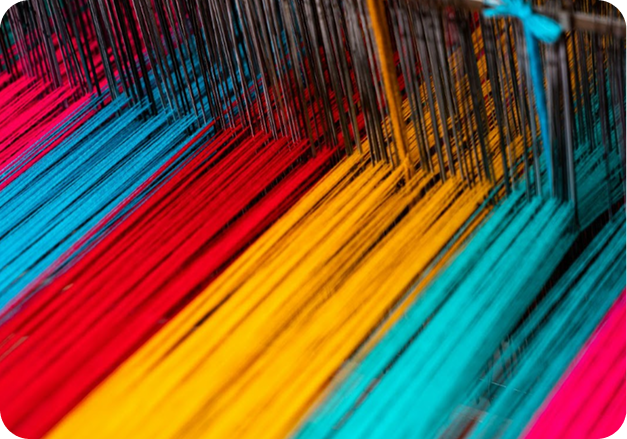News

Written interview by STREP Coordination – Aalborg University
Iskra Dukovska-Popovska, 12-07-2025
1.What is the STREP project and what is your role in it?
STREP (Streamlined Textile Waste Streams for Recycling Optimization) is a 3-year research and innovation project funded by Horizon Europe aiming to increase the textile fiber-to-fiber recycling rates by expanding technologies’ ability to handle fiber blends but also by allocating the right textile fibers to the right recycling flows to make the best use of the material. I am honored to have the project coordinator role, which allows me to expand my research beyond end-of-life textile collection into other phases of the circular textile value chain. My background in supply chain management enables a holistic, system-level perspective in the project integrating the diverse expertise of the STREP consortium partners.
2. What do you see as the biggest current challenge in textile recycling that STREP is directly addressing?
End-of-life textile product category is inherently complex as it involves a wide variety of material blends, diverse accessories, and potential contamination from toxic chemicals, dirt, and humidity. These characteristics limit the efficiency and the effectiveness of the current automated sorting and recycling technologies that rely on predictable sources of feedstock with strict requirements. STREP will address these challenges by enhancing the sorting technologies with sensors, self-learning AI, as well as automation for hardware removal and fiber length measurement that can enable directing the right fiber lengths and content to the right recycling technologies. In parallel to this, STREP will develop a traceability system to accurately route textile waste, gather operational data for optimization, and foster transparency for consumers and society. Future textile products need to take circularity into consideration. Therefore, STREP will develop product design and production guidelines focused on incorporating recyclability.
3. How will the average consumer see the impact of STREP, and why is awareness important?
Consumers are crucial suppliers of raw materials in the circular economy. In the EU, new regulations require them to separately deliver the damaged textiles instead of putting them in mixed waste. This is where public awareness is beginning to be raised. The technologies developed in STREP will reach a demonstration level, meaning their direct impact will not be seen during the project’s duration. Nonetheless, the ultimate goal is to significantly strengthen Europe’s circular textile sector, with the ambition that within a few years of the project’s completion, consumers will begin to see products made from 100% recycled fibers derived from EU end-of-life textiles. This is where consumers can see that their efforts for separate textile collection pay off.
4. Why is collaboration across countries and sectors key to STREP’s success, and what’s the long-term vision?
Truly circular system, especially one that is closed-loop as the fiber-to-fiber recycling is, requires collaboration across the whole value chain as well as building new knowledge and capabilities in different sectors (sorters, recycling industry, chemical/petrochemical sector, textile producers and retailers, but also policy makers and financial sector). Different countries have varying consumer behaviors, technological advancements, and existing infrastructure. As different countries are at varying levels of development and possess diverse competencies, collaboration accelerates the creation of new knowledge as well as sharing of the knowledge with adaptation of solutions to different contexts. STREP will aim in the long term to support regulators and industry stakeholders in making informed decisions that lead to long-term sustainability and competitiveness in the global textile market.
5. Fast-forward 10 years: what lasting changes do you hope STREP brings to Europe’s textile industry?
STREP’s advanced recycling technologies are aimed to bring about lasting changes by directly reducing textile sector reliance on non-renewable raw materials. By transforming previously unrecyclable textiles into reusable resources, STREP aims to establish a sustainable alternative to virgin materials. By focusing on efficient sorting, disintegration, real-time fiber identification, and development of different recycling processes, STREP ensures that the circular textile value chain is optimized for long-term environmental benefit, leading to a sustained reduction in energy use, emissions, greenhouse gases, and pollutants.

